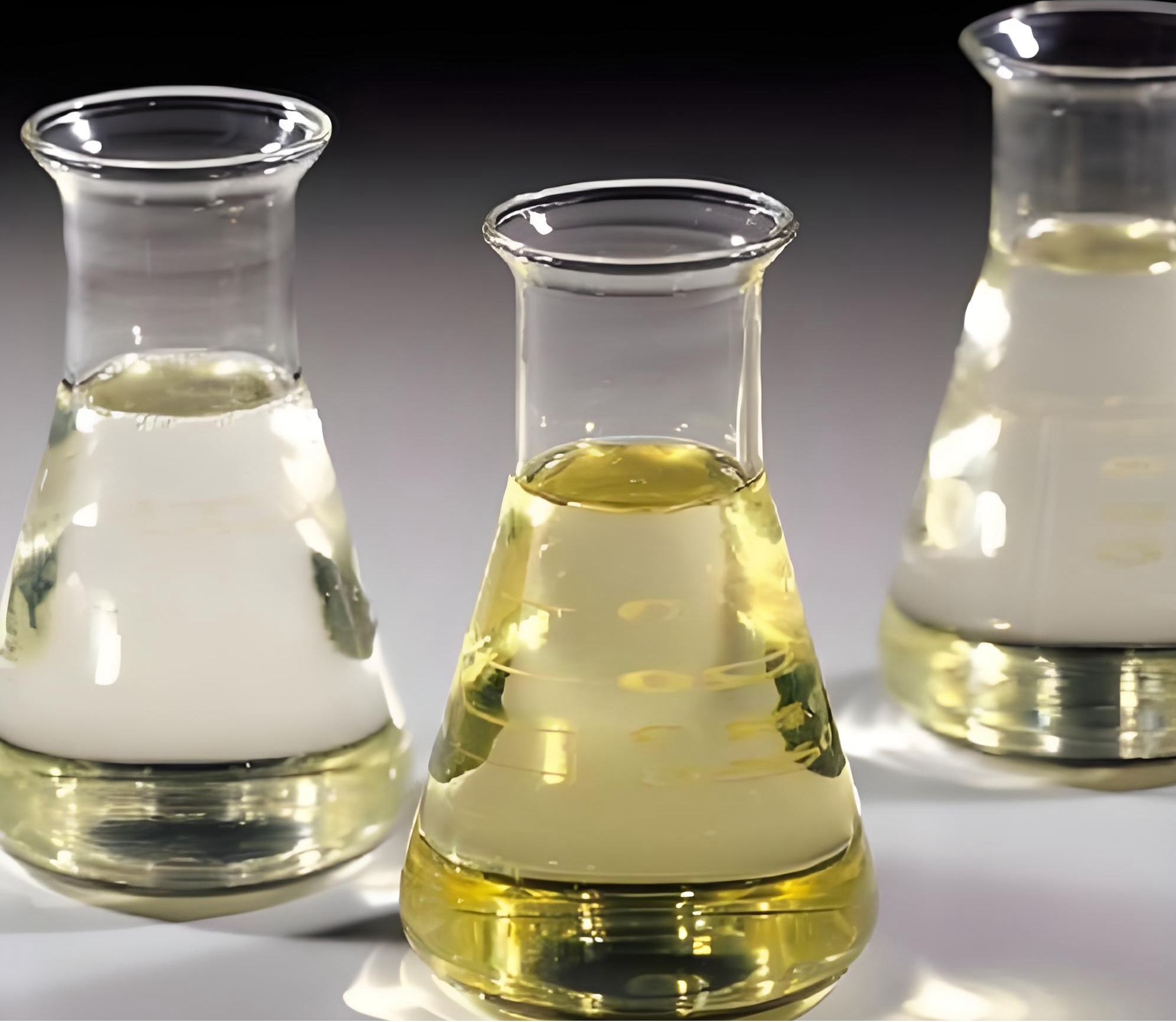Nonionic surfactants are a class of surfactants that do not ionize in aqueous solutions, as their molecular structures lack charged groups. Compared to anionic surfactants, nonionic surfactants exhibit superior emulsifying, wetting, and cleaning capabilities, along with excellent hard water tolerance and compatibility with other ionic surfactants. These properties make them indispensable components in various cleaning agents and emulsifier formulations.
In the fields of daily chemicals and industrial cleaning, nonionic surfactants play multiple roles. Beyond serving as detergent aids, they are widely used in products such as laundry pods, liquid detergents, hard surface cleaners, dishwashing liquids, and carpet cleaners. Their outstanding stain-removal efficiency and mildness make them ideal for these cleaning applications.
The textile dyeing and leather industries are significant application areas for nonionic surfactants. They are employed in processes such as wool carbonization, washing, wetting, and rewetting of various fibers, as well as cotton desizing. Additionally, they function as leveling agents, degreasing agents, oil stabilizers, silicone oil emulsifiers, and textile finishing agents, playing crucial roles in textile processing.
The metalworking industry also extensively utilizes nonionic surfactants. They are applied in processes like alkaline soaking, acid pickling, spray treatments, solvent degreasing, emulsion degreasing, and quenching, helping to enhance the quality and efficiency of metal processing.
In the papermaking and pulp industries, nonionic surfactants are primarily used as deinking agents, resin control agents, and sizing agents, effectively improving paper quality and production efficiency.
The agrochemical industry leverages nonionic surfactants as dispersants, emulsifiers, and wetting agents to enhance the performance of pesticides and other agrochemical products. In the plastics and coatings industries, they serve as aids in emulsion polymerization, emulsion stabilizers, and pigment wetting and dispersing agents.
Oilfield development is another critical application area for nonionic surfactants. They are used as functional additives such as shale inhibitors, acidizing corrosion inhibitors, desulfurizing agents, drag reducers, corrosion inhibitors, dispersants, wax preventatives, and demulsifiers, playing irreplaceable roles in petroleum extraction and processing.
Furthermore, nonionic surfactants are employed as binders and impregnating agents in asphalt electrode production; as emulsifiers, antioxidants, anticoagulants, binders, and lubricants in pharmaceutical manufacturing; in combination with foaming and collecting agents in coal production to improve flotation efficiency; and in phthalocyanine pigment production to refine particle size and stabilize dispersion.
The versatility of nonionic surfactants across such a broad range of applications stems from their ability to alter the properties of gas-liquid, liquid-liquid, and liquid-solid interfaces, endowing them with functions such as foaming, defoaming, emulsification, dispersion, penetration, and solubilization. From cosmetic formulation to food processing, from leather goods to synthetic fibers, from textile dyeing to pharmaceutical production, and from mineral flotation to petroleum extraction, they encompass nearly every facet of human industrial activity—earning them the title of “the most efficient industrial flavor enhancer.
Post time: Nov-21-2025


